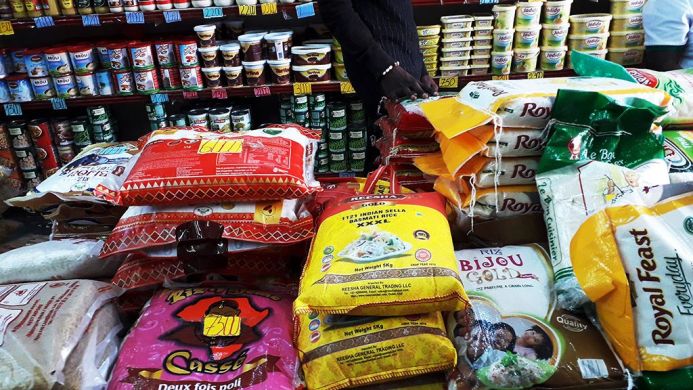(EcoFinances) – Food prices recorded a significant increase of 10.9% in August 2023, according to the NIS (National Institute of Statistics) note on the evolution of final household consumption prices in Cameroon in August 2023. The document, published on 25 September 2023, shows that, apart from foodstuffs, transport costs rose by 16.8% in the same month.
« Compared with the same month in 2022, the general price level rose by 7.4% in August 2023, mainly as a result of the surge in food prices, which rose by 10.9%, and transport costs, which rose by 16.8% », the NIS reports.
Compared with the previous month (July 2023), household final consumption prices rose by 0.5% in August 2023, following a 0.4% increase in July. This rise in prices was mainly due to a 1.3% increase in food prices and a 1.1% rise in education costs.
« The 1.1% rise in education costs is linked to the increase in annual tuition fees and/or enrolment fees in certain private and/or denominational primary and secondary schools », says the public body responsible for producing statistical data. It adds: « Although the prices of some school supplies have also risen, the prices of most textbooks on the official lists have remained stable ».
Local products more expensive than imports
According to the NIS, stationery prices rose by an average of 4.6% between June and August 2023 compared with the same period in 2022. In the space of a year, prices for « drawing materials and other office supplies » rose by 6.6%, we learn.
Over the last 12 months, the inflation rate in August averaged 7.8%, exceeding the 3% threshold set by the Cemac (Central African Economic and Monetary Community). « This increase was mainly due to a 13.3% rise in food prices, a 10.4% rise in transport costs and an 8.6% rise in the prices of furniture, household goods and everyday maintenance products », explains the INS, pointing out that the inflation rate remained above 7% in 9 regional capitals (with the highest rate recorded in Bertoua), while the lowest rate was observed in Garoua.
The underlying inflation rate, which excludes the prices of petroleum products and domestic gas in particular, increased to 6.8%. The NIS explains that inflation is not only driven by fresh produce and energy products, whose prices rose by 13.9% and 5.7% respectively. Depending on the origin of the products, « the rise was more marked for local products, where prices increased by 8.5%, than for imported products, where prices rose by 6.0% ».


